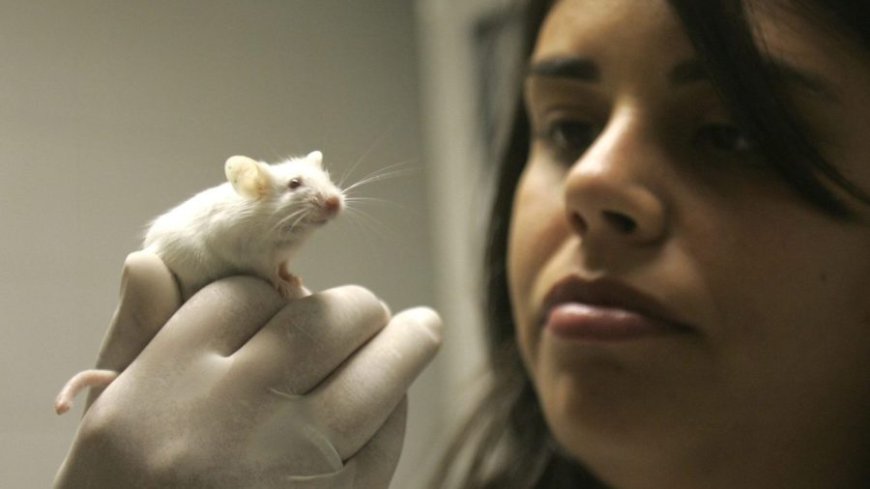Promising technologies are not yet ready to replace animal research
Using a variety of models helps to ensure that the best research is being done to benefit patients and their families.

A recent op-ed in The Hill praising the National Institutes of Health’s new initiative to promote human-based technologies as a “major victory for animal ethics in science” oversimplifies a far more complex research landscape. While the piece correctly identifies growing support and development of innovative, non-animal approaches, it is misleading in its framing and overstates what this federal initiative actually signals about the future of animal research.
Animal studies remain essential to both basic and translational science. From mapping brain circuitry to developing life-saving vaccines, the use of animal models has helped scientists uncover core biological mechanisms and test therapies with a degree of whole-organism complexity that no alternative system can yet match. Research involving animals has been directly responsible for major advances in treating cancer, HIV/AIDS, diabetes and countless other diseases.
To suggest that NIH is ready to “leave outdated animal experiments behind” is to paint an unrealistic picture of the current scientific landscape. It implies that non-animal alternatives are fully capable of replacing animal studies across the board. In reality, these technologies — while exciting and valuable — are still evolving and have significant limitations. This kind of oversimplification does a disservice not only to the scientific community but also to public understanding.
Non-animal research methods such as organ-on-a-chip platforms, computational models and 3D bioprinting hold great promise. They offer different ways to model disease, study mechanisms of action and even predict certain aspects of human physiology.
But they are not yet equipped to serve as wholesale replacements for animal research. Instead, they are powerful complementary tools that can be used alongside traditional models to enrich our understanding and refine research methods. This oversimplification misleads people into believing that animal and non-animal model research is either-or, when in most cases, these models work together to address different angles of a research question.
Consider Emulate’s liver chip. This sophisticated model includes four types of human liver cells and has demonstrated promising applications in toxicology and disease modeling. However, the human liver contains at least seven essential cell types, and critical components are missing from the liver chip. This means the model currently lacks the complexity needed to reliably replicate diseases that affect the entire liver, let alone multiple systems. While the technology shows potential, a recent study demonstrates that there are clear limitations, including the inability to perform long-term studies due to challenges in sustaining human liver cells over time.
This is just one example of how non-animal models, although deserving of federal support, still have considerable progress to make before they can completely replace animals — a concept acknowledged by the developers of these technologies.
Public trust in science has declined in recent years, leaving the research community with a responsibility to communicate scientific issues with clarity, honesty and appropriate context. However, comparing funding levels for animal models versus non-animal models is an ineffective and misleading way to provide transparency. Funding levels fluctuate from year to year for various reasons, including shifting priorities, new projects and the start or natural conclusion of existing studies. Public reporting of these numbers without further context fails to reflect the true complexity, value and potential outcomes of research.
Instead, scientists should take opportunities to discuss the goals of their research, the rationale behind the methods and study design and how funding supports the broader mission of improving human and animal health.
Using a variety of models helps to ensure that the best research is being done to benefit patients and their families. While organ-on-a-chip and other non-animal technologies show promise, their limitations prevent them from being a full replacement for many animal models. The development of non-animal methods should not come at the expense of the existing established models that still require animals.
To sustain scientific progress and drive the next wave of medical breakthroughs, agencies like NIH should focus on funding the best research possible with the most appropriate available models.
Alissa Hatfield, MS, is a science policy manager for the American Physiological Society. Naomi Charalambakis, Ph.D., is the director of communications and science policy at Americans for Medical Progress.
What's Your Reaction?























